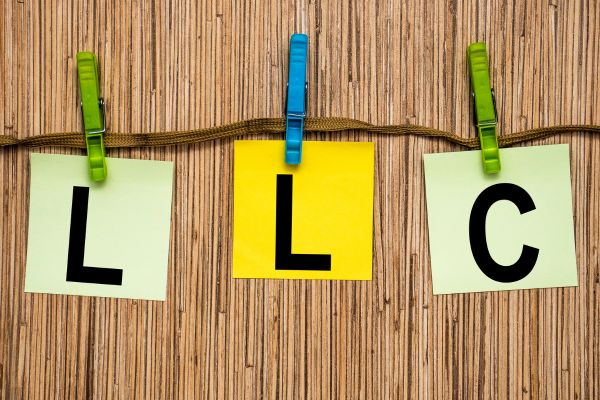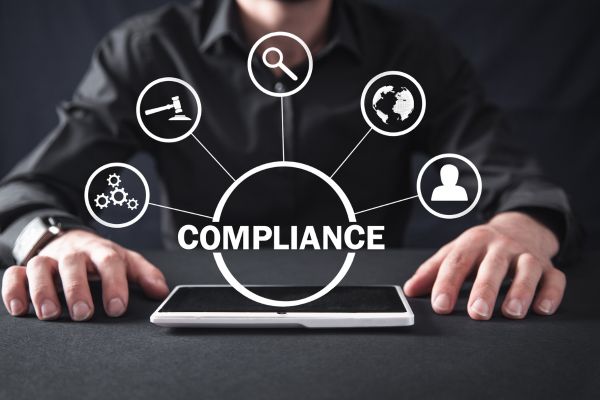In today’s workplace, the term “business casual” gets tossed around a lot. But what exactly does it mean? If you’re scratching your head, wondering how to strike the perfect balance between looking professional and feeling comfortable, you’re not alone. Business casual can be a bit of a fashion puzzle, but once you crack the code, you’ll find it’s not as daunting as it seems. In this guide, we’ll walk you through the ins and outs of business casual attire, helping you nail your look whether you’re heading to the office or meeting with clients.
What is Business Casual?
The concept of business casual is one of those things that seems straightforward but can vary significantly depending on the industry, company culture, and even geographic location. At its core, business casual is a dress code that combines the professional elements of traditional business wear with the comfort and versatility of casual clothing.
The Basics
- Tops: A collared shirt, such as a button-down or polo, is a staple in the business casual wardrobe. For women, blouses or tops with a modest neckline are appropriate.
- Bottoms: Think chinos, dress slacks, or knee-length skirts. Jeans can sometimes be acceptable, but it’s best to stick with dark, well-fitting pairs.
- Footwear: Closed-toe shoes like loafers, oxfords, or ballet flats work well. Avoid overly casual shoes like sneakers or sandals.
- Accessories: Keep it simple—minimalist jewelry, a belt that matches your shoes, and a watch can add a polished touch without going overboard.
Navigating Different Workplace Environments
One of the trickiest parts of dressing business casual is figuring out what’s appropriate in your specific work environment. What’s considered business casual in a tech startup might differ greatly from a law firm or corporate office.
Corporate Offices
In traditional corporate settings, business casual leans more toward the formal side. Think dress shirts, blazers, and slacks. Women might opt for dress pants or skirts with a blouse or sweater. While ties and suits aren’t necessary, they should be on hand for more formal occasions.
Creative Industries
Working in a creative field like advertising, design, or media? You likely have more freedom to express your personal style. Here, business casual can include more trendy or artistic pieces—think patterned shirts, bold colors, and unique accessories. Just remember, even in creative settings, there’s a fine line between stylish and sloppy.
Tech Startups
In the tech world, the business casual dress code is often more relaxed. Jeans and a nice shirt are typically acceptable, and some companies even encourage a more laid-back approach to workwear. However, even in these settings, it’s important to avoid looking too casual—skip the graphic tees and opt for a crisp polo or button-down instead.
The Do’s and Don’ts of Business Casual
Navigating the business casual dress code can be tricky, but by following a few simple rules, you can ensure you’re always dressed appropriately.
Do:
- Stick to neutral colors like black, navy, and gray, which are universally professional.
- Invest in quality pieces that fit well and can be mixed and matched.
- Pay attention to grooming—neat hair, clean nails, and minimal makeup (if any) can make a big difference.
Don’t:
- Wear anything too tight, too short, or too revealing. Business casual is still about maintaining a professional appearance.
- Overdo accessories or wear anything too flashy. Subtlety is key.
- Forget to check for company-specific guidelines. Some workplaces may have specific rules about what is and isn’t allowed.
FAQs About Business Casual
What counts as business casual for women?
For women, business casual can include blouses, dress slacks, pencil skirts, and closed-toe shoes. Avoid overly casual items like flip-flops, shorts, or tank tops.
Can I wear jeans in a business casual setting?
Jeans can be acceptable in some business casual environments, particularly in tech or creative industries. However, they should be dark-washed, free of rips, and paired with a more formal top.
Are sneakers ever okay in a business casual outfit?
Generally, sneakers are considered too casual for business casual attire. However, in some very relaxed workplaces, a clean, minimalist pair might be acceptable.
How can I add personality to a business casual outfit?
Adding personality to your business casual look can be done through accessories, like a patterned tie, a statement necklace, or a colorful scarf. Just keep it tasteful and appropriate for the office.
Conclusion
Mastering the business casual dress code doesn’t have to be a challenge. By understanding the basic guidelines and adapting them to your specific work environment, you can create a wardrobe that’s both professional and comfortable. Remember, business casual is about striking the right balance—looking polished without being overly formal. With the tips and tricks in this guide, you’ll be well on your way to perfecting your business casual look.



